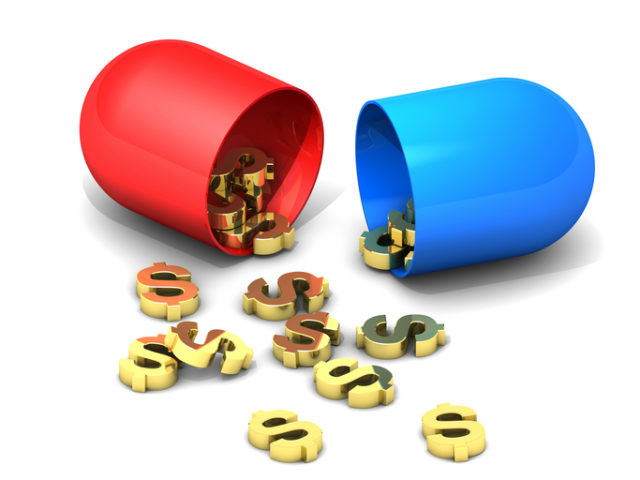
No two cancer diagnoses are the same, creating an even greater complexity for an already mystifying disease. Although there have been decades of extensive research, treatment plans and insurance coverage rely on the same forms of therapy that date back to the 1940’s: chemotherapy and radiation.
After diagnosis, physicians and care team members work together to develop a unique treatment plan that fits the needs of the patient. Doctors consider the type and the stage of cancer, the patient’s health history, preferences and of course cost. Based on these criteria, doctors will suggest a plan that consists of a combination of the three most common treatments: surgery, chemotherapy, or radiation – with over 1 million cancer patients receiving chemotherapy or radiation treatment each yet.
Monoclonal antibodies (mAbs) have been around for over three decades and are an effective alternative cancer treatment method but are not as commonly known or used as traditional oncology drugs. Preferred by many for its relatively minimal impact on a cancer patient’s quality of life, this form of therapy stimulates a patient’s own immune system to attack harmful cells. MAb treatment tends to not be as tiring on the body and will not result in a loss of hair like chemotherapy does, a major concern for many who begin cancer treatment. It also continues fighting off the cancer cells after leaving the infusion site, whereas radiation and chemotherapies stop working as soon as treatment ends, and a patient leaves the hospital.
Proving their value even further, outside of cancer treatment monoclonal antibodies were widely used throughout the Covid-19 pandemic to treat those who were immunocompromised or were experiencing heightened symptoms. For these individuals, treatment was free but did require an administration cost, which was then typically covered by Medicare or Medicaid, and even private insurances. More recently, this form of treatment was approved for use to prevent RSV in babies, some of the most vulnerable individuals. The rapid availability of such treatments for these newer diseases is leaving many wondering why the same cannot be said for cancer treatment.
Drug pricing for patients
Oncology drug pricing for new drugs has increased by 53% in 5 years, making the annual average cost of these medications $283,000 in 2022. Certain government funded insurance such as Medicare, require all cancer drugs to be covered, whereas other private insurance vary. Many of these private organizations will cover 90% of the chemotherapy and radiation costs since they are a more commonly utilized form of treatment, holding patients responsible for 10% of the bill. With monoclonal antibodies being a newer form of treatment, they tend to be one of the most expensive forms of cancer treatment – holding patients accountable for a minimum of 20% of the bill. Depending on insurance deductibles, this could bring the total out of pocket cost of mAbs to over $100,000 annually.
Though monoclonal antibodies have been proven effective in treating certain forms of cancer, these prohibitive costs are holding them back from being fully utilized – resulting in patients settling for other forms of treatment, even if antibodies would be the best fit for the patient. As further research and studies become published around the success of these forms of therapy, many are left wondering why insurance companies are not covering these costs for cancer treatment – a deadly disease attacking humanity since ancient times – but were willing to during the 2020 covid-19 pandemic. As many would agree, access to care should not rely on socioeconomic status and one reason many in the biomedical field are pushing for additional funding and coverage.
The need for funding
Government funding plays a major role in the advancement of drugs, including monoclonal antibodies, which are extremely expensive to produce and can take months to develop. Funding allocated to biotechnology companies helps to advance their research and develop these medications at a faster rate, while driving forward clinical trial processes and increasing availability. It also helps to decrease drug costs that would otherwise be priced at high rates if this funding were not available. Funds allocated to these companies are also crucial to creating a consistent and healthy flowing manufacturing cycle to avoid drug shortages like the one the nation is currently experiencing.
Additional funding will not only help with drug pricing and manufacturing but will also create a greater opportunity for research on these life-threatening diseases in hopes of finding a cure. Manufactures and developers have already begun taking their concerns to political figures, but the more pressure applied from those across the industry, the greater the chances of receiving this funding will be and the better health outcomes we can expect.
Photo: Devrimb, Getty Images,








